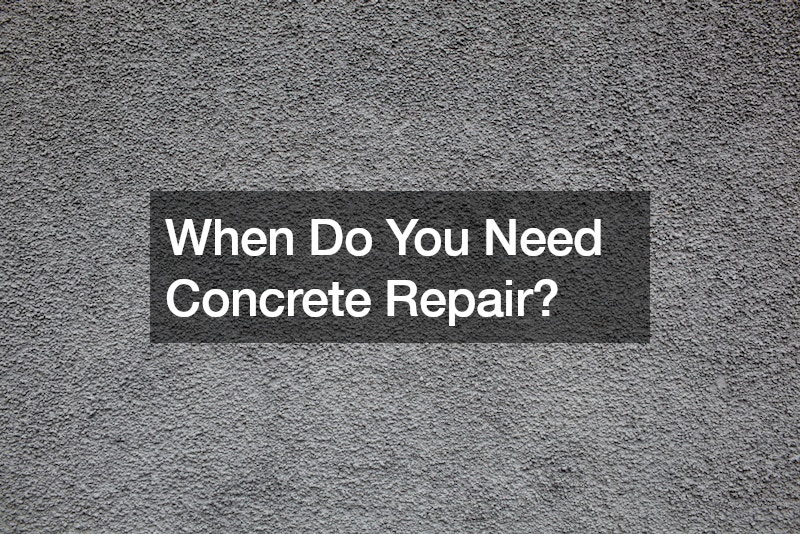Concrete is a durable and long-lasting material commonly used in construction for its strength and versatility. However, over time, even the most robust concrete structures can develop issues that necessitate repair. Identifying when concrete repair is needed is crucial for maintaining structural integrity and safety. Here are some key indicators and situations that warrant concrete repair:
Cracks and Fractures
Cracks in concrete are one of the most common signs that repair is needed.
While small, hairline cracks may not pose an immediate threat, larger cracks can compromise the structural integrity of the concrete. Cracks can result from various factors, including thermal expansion and contraction, freeze-thaw cycles, and excessive loading. If left unaddressed, these cracks can widen, leading to further deterioration and potential safety hazards.
Spalling
Spalling occurs when the surface layer of concrete peels, flakes, or chips away. This condition is often caused by the corrosion of reinforcing steel within the concrete, which expands and causes the surrounding concrete to break apart. Spalling can also result from freeze-thaw cycles, where water penetrates the concrete, freezes, and expands. Repairing spalling is essential to prevent further damage and restore the appearance and functionality of the concrete surface.
Discoloration and Staining
Discoloration and staining can indicate underlying issues with the concrete. For instance, rust stains may suggest the presence of corroding reinforcement, while efflorescence (a white, powdery substance) indicates water infiltration and salt deposits. Addressing these stains through appropriate repair methods can help mitigate further damage and improve the aesthetic appeal of the concrete.
Uneven Surfaces
Uneven concrete surfaces, such as sunken or raised slabs, are often a sign of underlying problems like soil erosion, settlement, or poor compaction during the initial installation. These irregularities can pose tripping hazards and affect the structural stability of the concrete. Leveling and repairing uneven surfaces can restore safety and functionality, particularly in walkways, driveways, and floors.
Water Infiltration
Water infiltration can severely damage concrete over time. Signs of water damage include damp spots, mold growth, and the presence of standing water on concrete surfaces. Water infiltration can weaken the concrete, lead to corrosion of reinforcing steel, and cause spalling. Repairing cracks, applying sealants, and improving drainage can help prevent water-related damage.
Deterioration Due to Chemicals
Concrete structures exposed to harsh chemicals, such as de-icing salts, industrial chemicals, or acidic environments, can experience accelerated deterioration. Chemical attacks can cause surface erosion, pitting, and loss of strength. Repairing chemically damaged concrete often involves removing the affected areas, applying protective coatings, and using chemical-resistant materials to enhance durability.
Structural Integrity Concerns
Any visible signs of structural distress, such as significant cracks, tilting, or shifting, warrant immediate attention and repair. Structural integrity concerns can compromise the safety and stability of the entire concrete structure, requiring professional assessment and remediation to prevent catastrophic failures.
